Data Science & Developer Roadmaps with Chat & Free Learning Resources
lift
Lift, in various contexts, refers to the increase or enhancement of a particular metric or performance. In marketing, “lift” often denotes the incremental improvement in conversion rates or sales resulting from a specific campaign or strategy, measured through methods like Lift Tests. In data science, lift can also refer to the effectiveness of a predictive model, indicating how much better the model performs compared to random guessing. Understanding lift is crucial for evaluating the success of initiatives and making informed decisions based on data-driven insights.

Marketing Incremental Lift Test 101
Lift Test helps identify the incremental return and causal effect of a dependent variable by applying one independent variable to the test group and not to the holdout group. The lift test result is t...
📚 Read more at Towards Data Science🔎 Find similar documents

What Is Lifting State Up in JavaScript?
Sharing state is accomplished by moving it up to the closest common ancestor of the components that need it. This is called “lifting state up.” — React Docs
📚 Read more at Better Programming🔎 Find similar documents

Understanding Lift curve
Maybe your job interviewer asked you about lift curve and you nearly had a heart attack, or maybe you are curious about that curve with a catchy name you heard about? It could be a lot more of…
📚 Read more at Analytics Vidhya🔎 Find similar documents
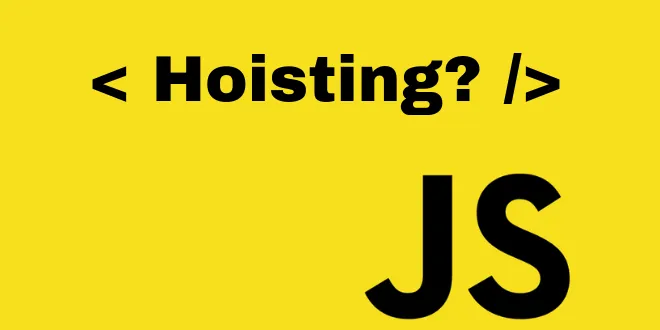
The Magic of Hoisting
Hoisting is a JavaScript mechanism where variable declarations using var are hoisted/lifted to the top of their scope (to the top of their functional/ local scope if they are declared inside a…
📚 Read more at Better Programming🔎 Find similar documents
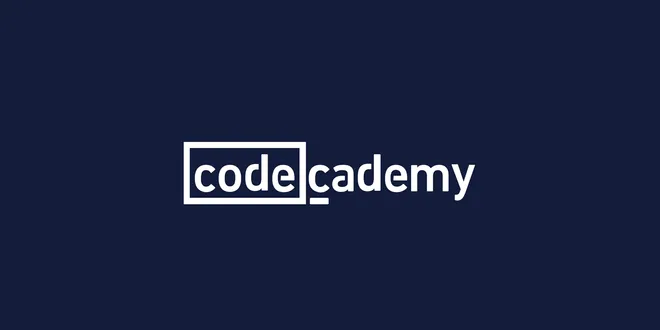
Hoisting
Hoisting is a default process where JavaScript “splits” var and function declarations from their definitions. These declarations are “moved up” to the top of the file above where they were defined and...
📚 Read more at Codecademy🔎 Find similar documents
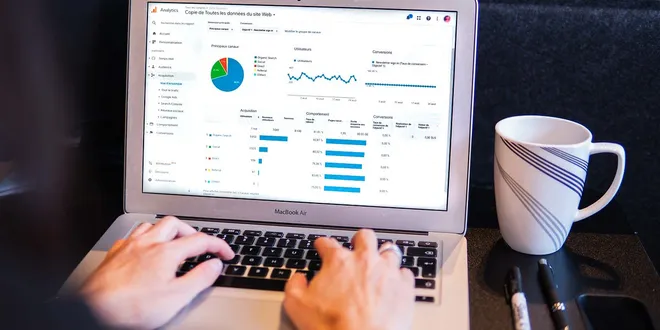
Streamlit
The best tool for rapid dashboard development! Continue reading on Python in Plain English
📚 Read more at Python in Plain English🔎 Find similar documents

Streamlit: The Easy and Flexible Framework for Interactive Web Applications
Streamlit is an open-source framework that is used for creating interactive and modern web apps with just a few lines of Python code. It is designed to make the process of building a web application…
📚 Read more at Python in Plain English🔎 Find similar documents

Beginner’s Guide: Extract, Transform, Load (ETL)
Understanding the Big Data Principle in Data Analytics Continue reading on Towards Data Science
📚 Read more at Towards Data Science🔎 Find similar documents

The Lyft Data Scientist Interview
Lyft, Inc. is a rapidly expanding ride-sharing company based in San Francisco, operating in 644 cities across the United States and 12 cities in Canada. Founded in 2012 as a part of a long-distance…
📚 Read more at Towards Data Science🔎 Find similar documents

Geo Lift Experiments II: Spotify Blend Case Study
An exploration of geo lift experiments in the product context of the Spotify Blend Feature Continue reading on Towards Data Science
📚 Read more at Towards Data Science🔎 Find similar documents
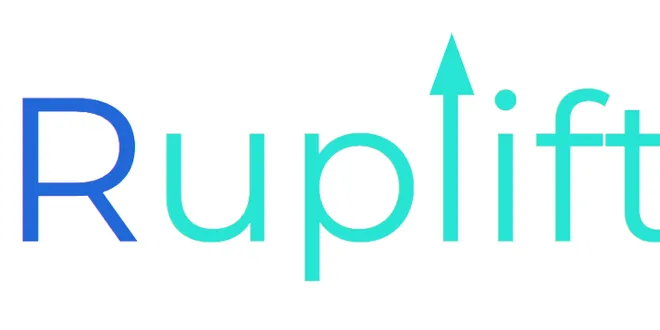
MR-Uplift: Multiple Responses in Uplift Models
At Ibotta we have built and deployed multiple uplift models over the past few years. We have described some theoretical groundwork and practical advice in blogs before. In these we discussed how to…
📚 Read more at Towards Data Science🔎 Find similar documents
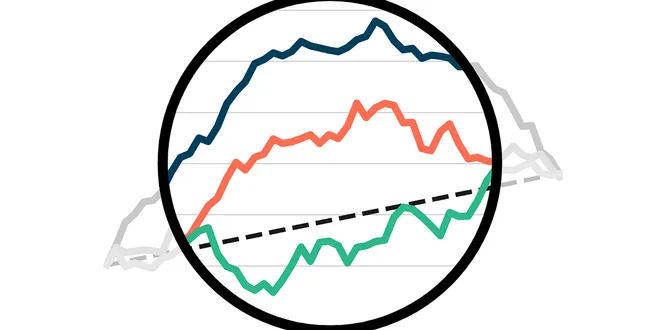
Evaluating Uplift Models
CAUSAL DATA SCIENCE How to compare and select the best uplift model Cover, image by Author. One of the most widespread applications of causal inference in the industry is uplift modeling, a.k.a. the ...
📚 Read more at Towards Data Science🔎 Find similar documents

